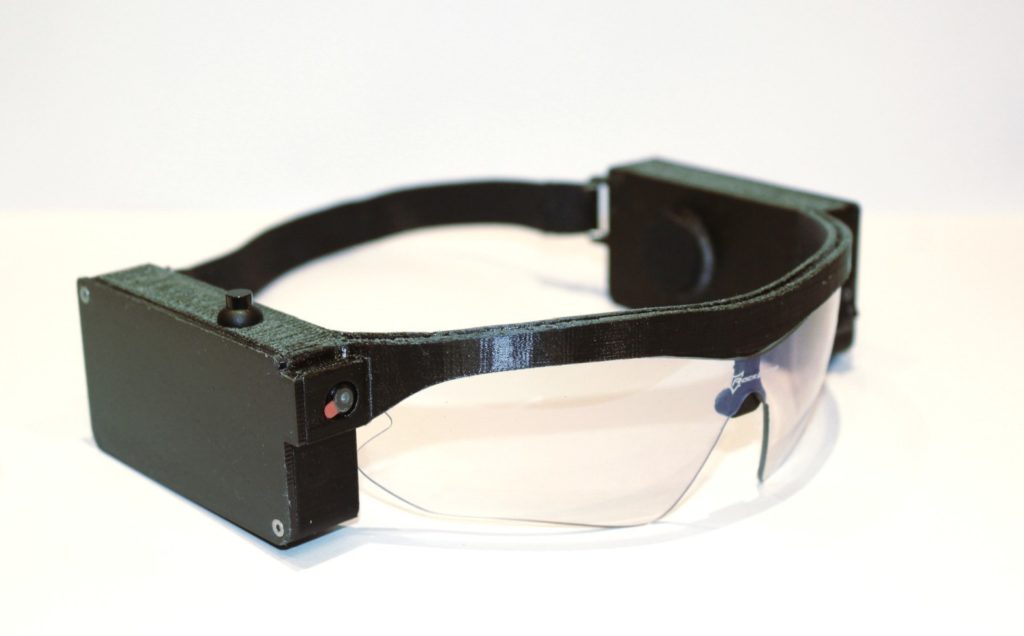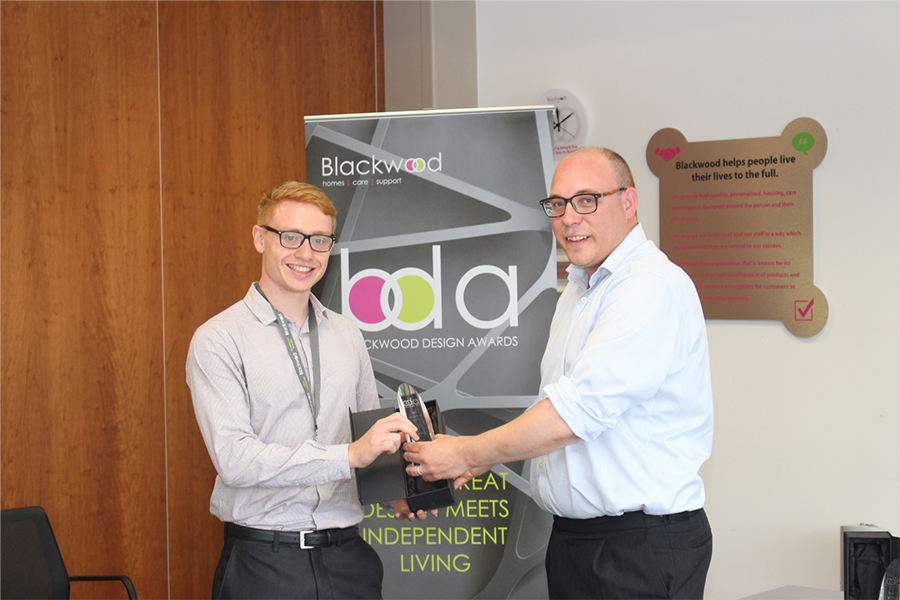Author: Andrew Taylor -
Andrew is a multidisciplinary designer and engineer, based in Cambridge, UK. He was awarded the Blackwood Design Award in 2018 for his design of a device which helps people with visual impairments to practice sport.
User focused design has the potential to improve quality of life in many ways, including helping someone to live more independently. This is the philosophy that has driven the Blackwood Design Award since it began in 2013. The award, run by Blackwood Homes and Care – a charity which provides homes, care and support for people with disabilities – has been won by products ranging from an all terrain wheel chair to an ergonomic spoon for people with cerebral palsy. This year, my design for a device which enables athletes with visual impairments to train with greater independence was awarded the prize for best new concept.
My product started life as a final year design project with the Department of Mechanical Engineering at the University of Bath. The device takes the form of a pair of running glasses, with an integrated camera, processor and bone conduction headphones. Currently the device is aimed at track runners with visual impairments, helping to guide users around a 400m running track. The camera and processor monitor the direction of the lane in front of the athlete, partially replacing traditional vision. This direction is relayed to the athlete as a stereo balanced tone played through the headphones – following the apparent direction of this beeping keeps the user in their lane, a bit like a parking sensor in a car.

Applying for the Blackwood Award
After graduating, I was given an innovation bursary to continue the development of the design due to the success of the early prototypes. While working towards a more functional demonstrator, the Blackwood Award was brought to my attention as my product was a suitable entry. The application process involved writing a short essay detailing the concept and its ability to help users live independently, as well as producing a video describing why I had entered the award. The judges saw great potential in my design and I progressed to the final. This involved a 10 minute presentation over Skype, giving me chance to show off my prototype and answer a few questions from the judges. Only a few minutes after finishing the presentation, I received a phone call to say that I had won the award for best new concept.

Overall the experience was extremely positive. In addition to the £1000 prize money to help fund further prototyping, I was invited to an award ceremony in Edinburgh, where the judges offered some extremely useful feedback and advice for progressing the product. These positive comments and engagement from people with a lot of experience working with assistive products has given me a huge boost of confidence and driven me to improve the design even more. Blackwood were also able to help me gain valuable publicity for the product and remain a crucial contact as I move forward. I would highly recommend the award to any designers working with assistive technologies, especially students with aspirations of taking their concepts beyond a university project.
What's next
I am continuing development of the concept and am currently manufacturing a new version of the prototype. This version uses a durable SLA material to make it physically more robust, which will allow for extensive hands on testing. As with any new product development, detailed feedback from end users can have a huge influence on the success of a design and help guide the journey as the design moves forward.
Respond
